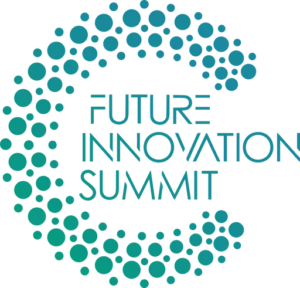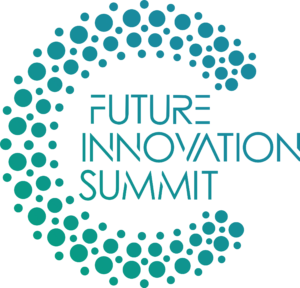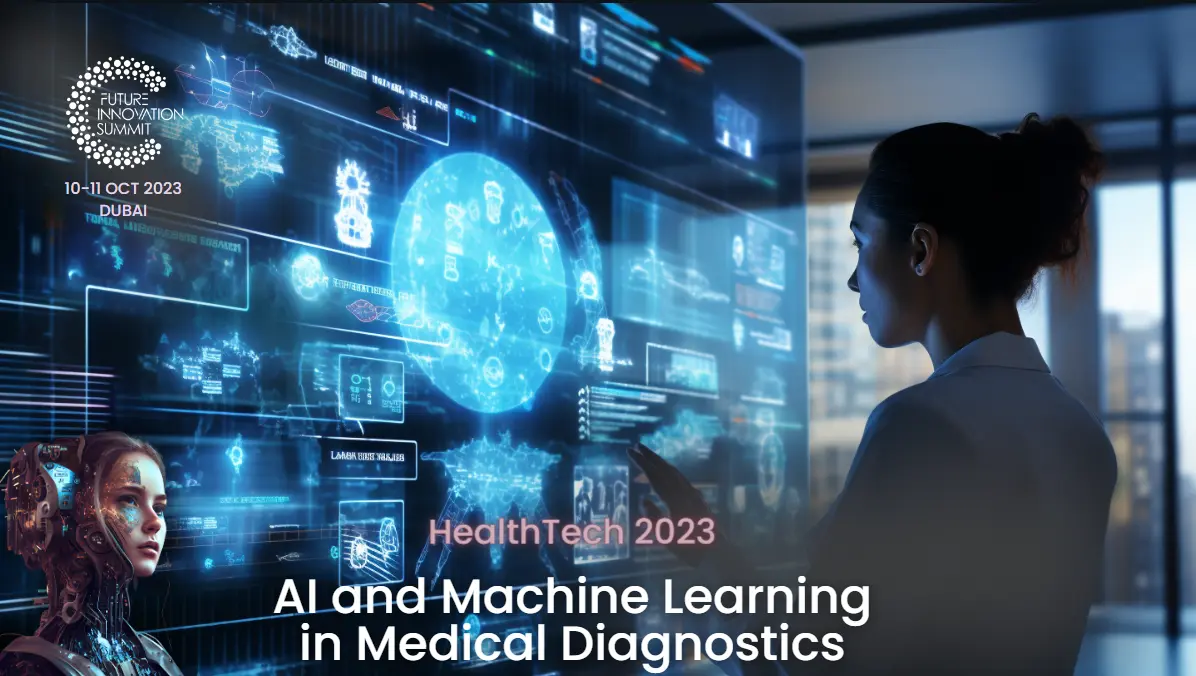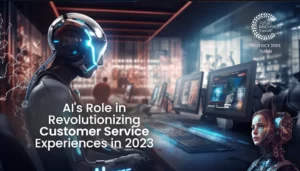Introduction:
As we move further into the 21st century, the impact of technology on the health sector becomes increasingly pronounced. Among these innovations, using artificial intelligence (AI) and machine learning (ML) in medical diagnostics is one of the most significant. These advanced technologies improve accuracy, speed up diagnosis, and ultimately lead to better patient outcomes. This article will explore the transformative role of AI and ML in medical diagnostics in 2023.
The Role of AI and Machine Learning in Medical Diagnostics:
Artificial intelligence and machine learning are computer-based technologies that can analyze and learn from large amounts of data. This data could be patient records, medical images, or even real-time vital signs in healthcare. By applying AI and ML, healthcare providers can quickly analyze this data to detect anomalies, predict patterns, and suggest treatments. This has wide-reaching implications for diagnostic speed and accuracy.
For example, AI algorithms can assist radiologists by identifying areas of concern in X-rays, CT scans, and MRI images, reducing the time taken to diagnose and improving accuracy. Similarly, ML can predict disease progression based on patient history and current vital signs. These capabilities enable early disease detection, significantly increasing treatment success rates.
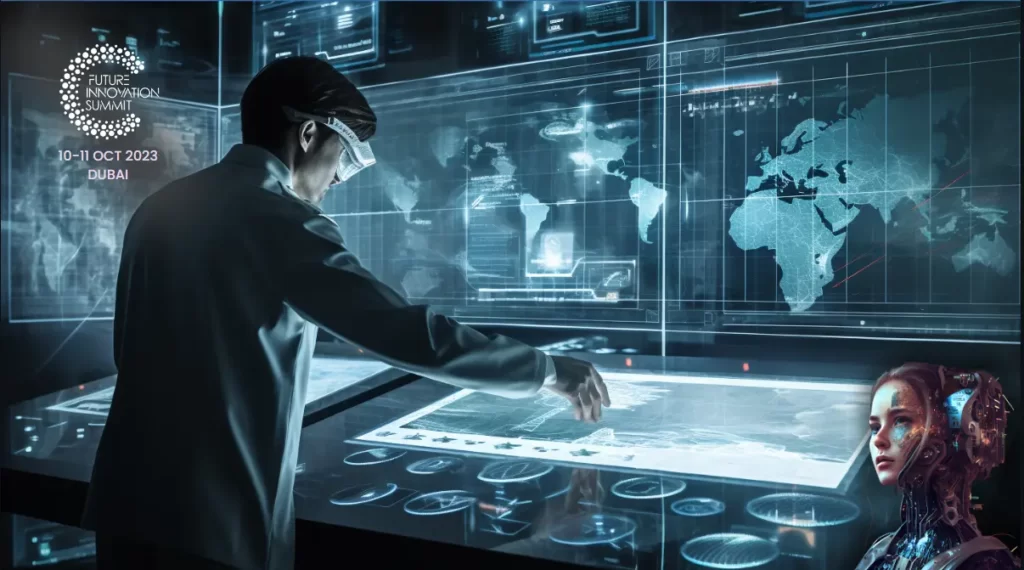
Case Studies of AI and ML in Medical Diagnostics:
To understand the real-world applications of AI and ML in medical diagnostics, let’s look at some prominent use cases in 2023:
- AI-assisted radiology: Companies like Aidoc and Zebra Medical Vision leverage AI to help radiologists interpret medical images more accurately and quickly. These systems are trained on thousands of anonymized patient images and can identify signs of diseases such as cancer, strokes, and internal bleeding faster than human doctors.
- Machine learning in genomics: Genomics is another field benefiting from ML. Firms like Deep Genomics use ML algorithms to analyze genomic data and identify mutations that may lead to disease. This helps in early diagnosis and could lead to personalized treatment plans.
- AI in Pathology: PathAI is a company using AI to improve the accuracy of disease diagnosis from pathology slides. The AI analyzes the slide images, identifying abnormalities that could be indicative of diseases like cancer.
The Future of AI and ML in Medical Diagnostics:
The use of AI and ML in medical diagnostics is still in its relatively early stages, and the growth potential is enormous. Here are some trends we expect to see shortly:
- Expansion to more medical fields: As the technology matures, expect to see AI and ML applied in more specialized areas of medicine, such as dermatology, ophthalmology, and cardiology.
- Integration with other technologies: AI and ML will be combined with other advanced technologies, like the Internet of Things (IoT), to gather real-time patient data for immediate analysis and diagnosis.
- Greater accessibility: As the cost of these technologies decreases, they will become accessible to more healthcare providers, including those in remote or underserved areas, leading to broader adoption.
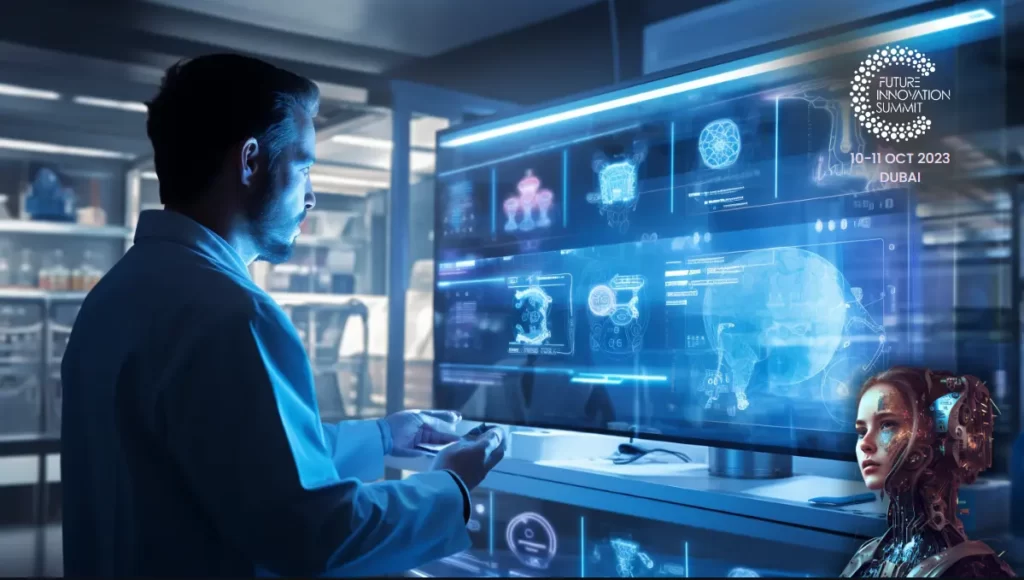
Conclusion:
The power of artificial intelligence and machine learning is revolutionizing medical diagnostics in 2023. By increasing diagnostic speed and accuracy, these technologies are helping healthcare professionals to detect diseases early and implement effective treatment plans. The future of AI and ML in healthcare is promising, with enormous potential to improve patient outcomes globally.
- Summit topics: AI – Sustainability – EduTech – HelthTech – FinTech
- Visit our LinkedIn page.
- AI generates images.
